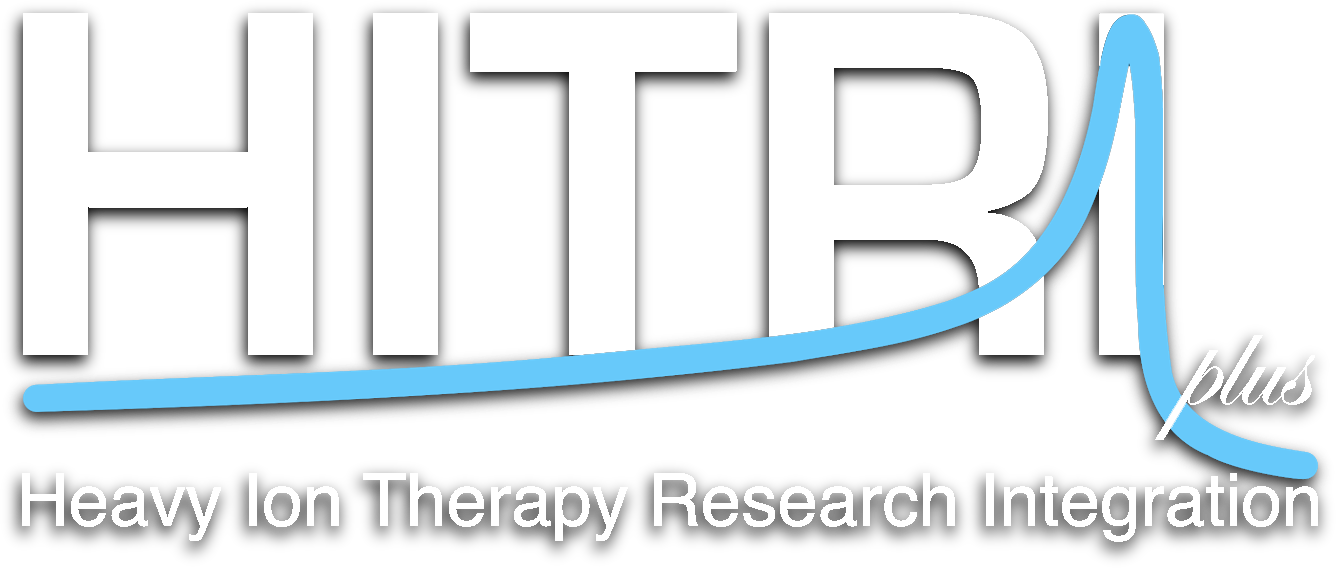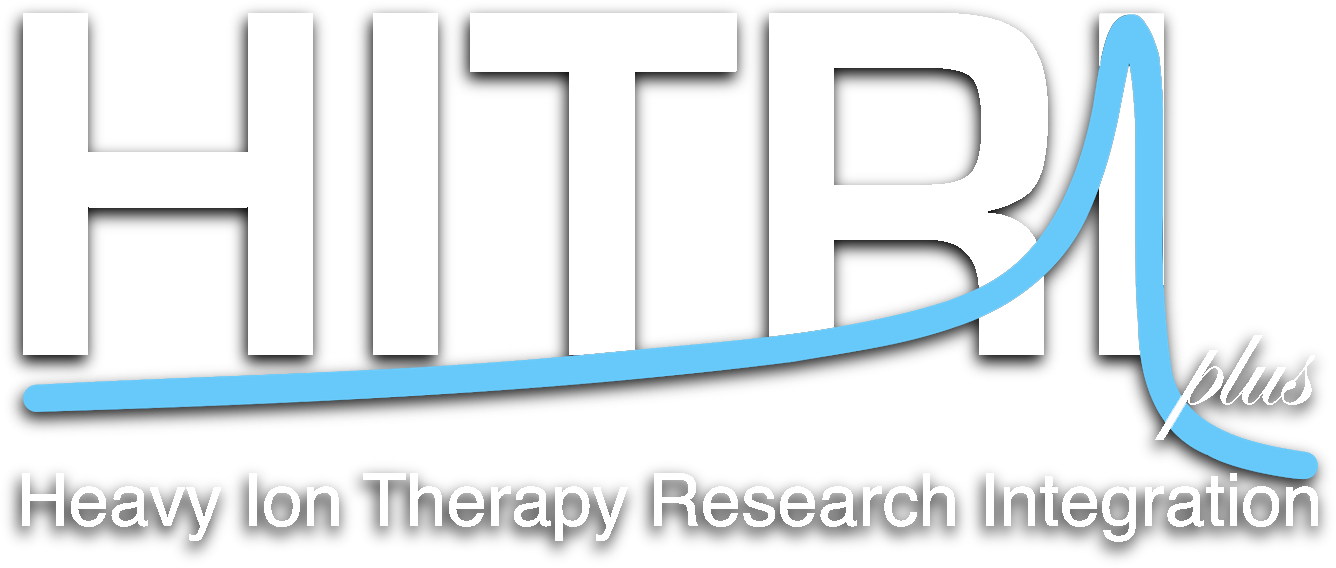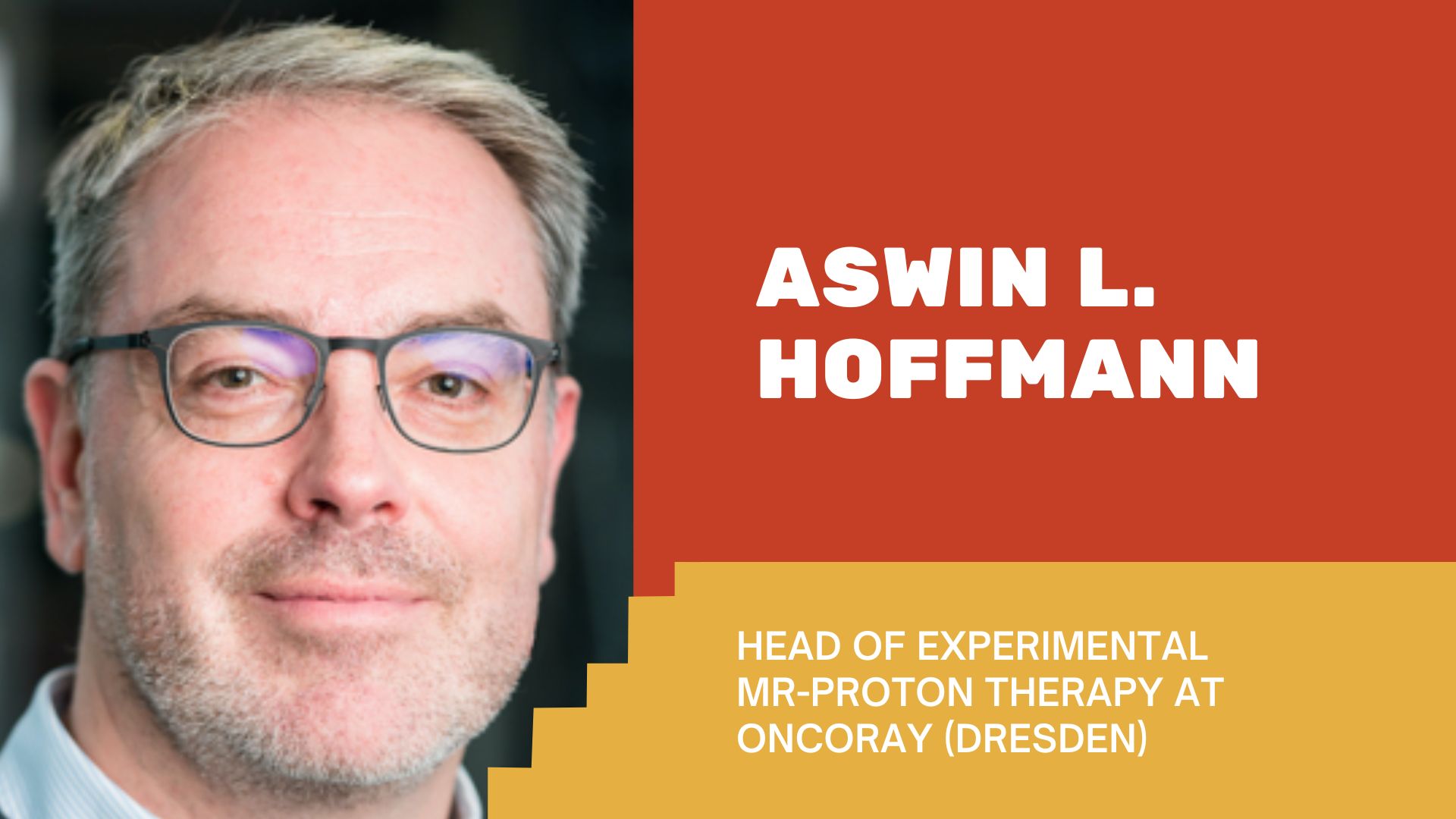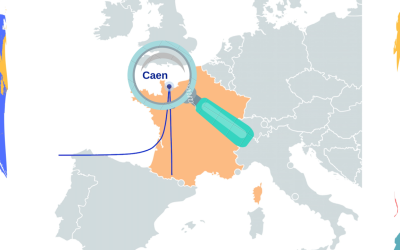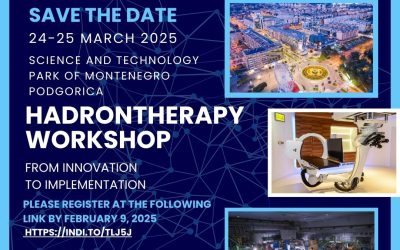Registration is now open for the 17th Seminar of HITRIplus – “Integration of MRI and proton therapy: motivation, challenges and roadmap“, scheduled for April 18 (from 17:00 to 18:00). The seminar will be given by Aswin Hoffmann.
Image guidance plays a pivotal role in modern radiation therapy to achieve high local control rates and keep side effects within tolerable levels. Technological developments in onboard imaging for high-energy X-ray beam therapy (XT) have enabled daily treatment adaptation for anatomical changes that occur in between or during treatment fractions. The rapid adoption of hybrid MR-LINAC systems combining magnetic resonance imaging (MRI) and XT has enabled online adaptive treatment workflows based on high soft-tissue contrast imaging, allowing dose distributions to be tailored and delivered to the individual patient’s changing anatomy with a high targeting precision.
The lack of fast, high soft-tissue contrast image guidance in particle beam therapy (PT) is considered a major hindrance to exploiting its full potential to outperform image-guided XT for soft-tissue tumours in general, and those that are subject to motion in particular. The successful clinical introduction of the MR-LINAC systems triggered the PT community to consider the feasibility of MRI guidance for PT.
However, the full integration of real-time MRI and PT presents a plethora of technical challenges, starting from scanner integration with the beamline, through dosimetry and treatment planning in the presence of the MR magnetic fields, MR-only based treatment planning, online treatment adaptation and quality-assurance, up to online MRI-based range verification.
This presentation provides an overview of recent developments and milestones achieved by various groups on the aforementioned topics. A roadmap for the clinical introduction of in-beam MR-integrated PT is presented, showing ongoing research efforts to address the knowledge gaps and remaining challenges to be solved before a first patient can be safely treated with PT inside an in-beam MRI device. These include artefact-free imaging during irradiation, workflow development, and comparative treatment planning studies demonstrating the expected clinical benefit of real-time in-beam MR-integrated PT over CBCT-guided PT, offline MR-guided PT and MR-LINAC treatments for relevant indications in the thorax, abdomen and pelvis.
Aswin Hoffmann obtained his MSc degree in Electrical Engineering from the Eindhoven University of Technology in The Netherlands (NL) in 1996. In 2002, he joined the Department of Radiation Oncology of the Radboud University Medical Centre in Nijmegen, where he became a Certified Medical Physics Expert and staff member in 2007. His research interests included brachytherapy, MR imaging and mathematical optimization of radiation therapy planning. On the latter subject, he obtained his PhD degree from the Radboud University in 2013. In 2011, he moved to the MAASTRO clinic in Maastricht (NL), where he was appointed Principal Medical Physics Expert for brachytherapy and worked on the development of MRI-guided radiotherapy. In 2015, he moved to Dresden (Germany), where he became head of the Experimental MR-integrated Proton Therapy group at OncoRay – National Center for Radiation Research in Oncology. Since then, he has been working on the development of prototype systems for MR-integrated proton therapy. In 2021, he was appointed adjunct professor at the Faculty of Medicine at the Technische Universität Dresden in Dresden (Germany).
For more information: https://indico.cern.ch/event/1397922/
